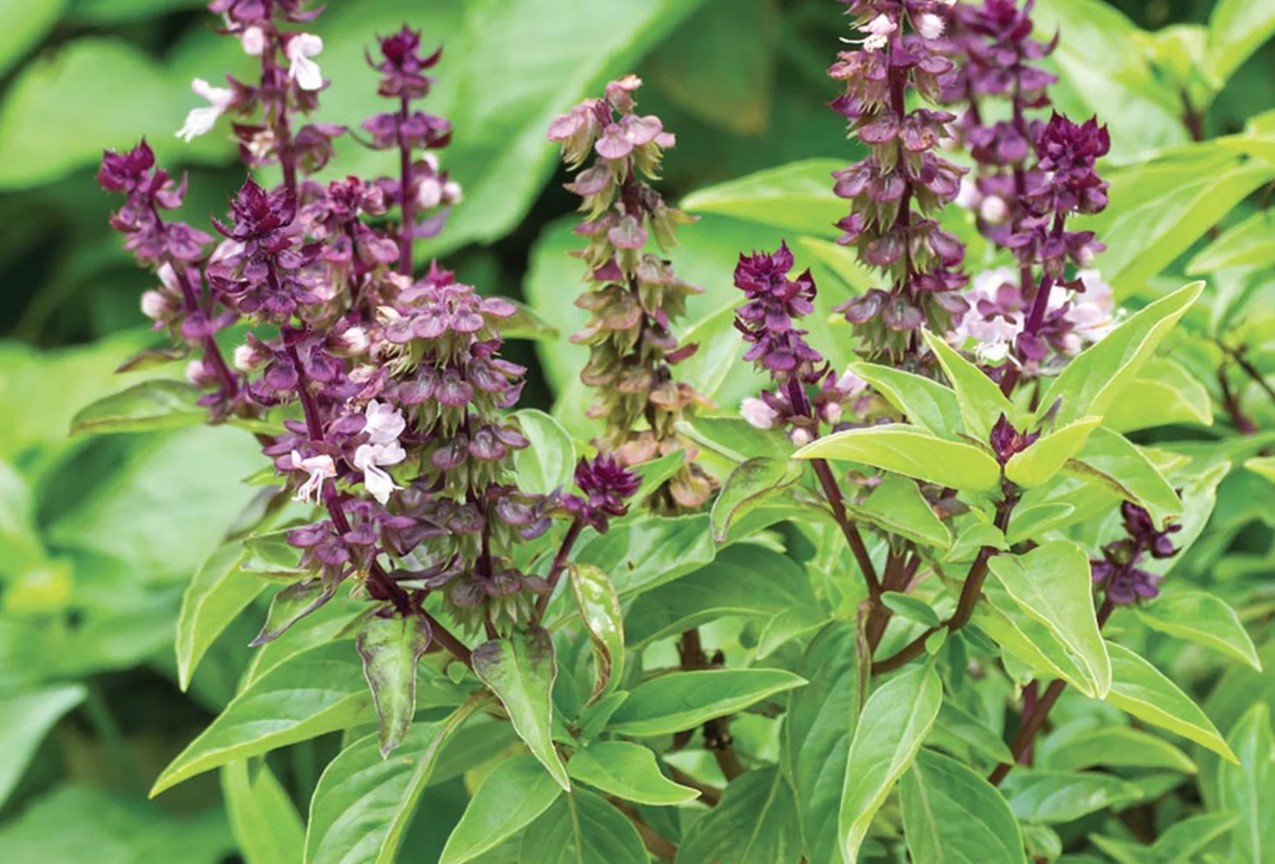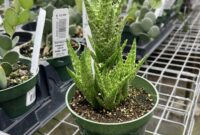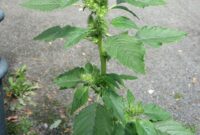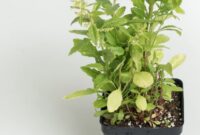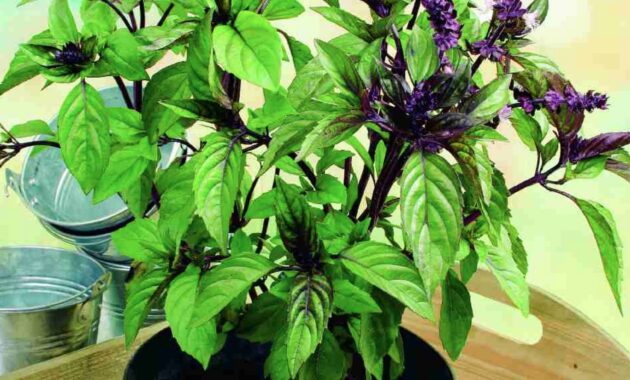
Basil, scientifically known as Ocimum basilicum, is an aromatic herb cherished for its distinct flavor and numerous health benefits. With its wide range of varieties and versatile uses, basil has become a staple in many cuisines and herbal remedies. In this comprehensive guide, we will delve into the fascinating world of basil, exploring its cultivation, culinary applications, and medicinal properties.
What is Basil?
Basil is an annual herb belonging to the mint family, Lamiaceae. It is native to tropical regions of Asia, Africa, and Europe. The plant is renowned for its fragrant leaves, which can vary in color from green to purple. Basil is a popular ingredient in Italian, Mediterranean, and Southeast Asian cuisines.
How to Grow Basil
Growing basil at home is relatively easy, even for beginners. Here’s a simple guide:
- Choose the Right Variety: Select a variety that suits your climate and culinary preferences. Popular choices include sweet basil, lemon basil, and Thai basil.
- Prepare the Soil: Ensure the soil is well-draining and rich in organic matter. A mixture of potting soil and compost works well.
- Plant the Seeds: Sow the seeds directly into the soil or start them in seed trays. Place the seedlings in a sunny location.
- Provide Adequate Sunlight: Basil thrives in full sunlight. Place your plants in a spot that receives at least 6-8 hours of direct sunlight daily.
- Water Regularly: Keep the soil consistently moist but not soggy. Water deeply and allow the top inch of soil to dry out between waterings.
- Fertilize: Feed your basil plants with a balanced liquid fertilizer every 2-3 weeks.
- Harvest: Harvest the leaves as needed. Cut the stems just above a set of leaves to encourage new growth.
Basil Varieties
There are numerous basil varieties, each with its unique flavor profile. Some of the most popular varieties include:
- Sweet Basil: The most common type, used in Italian cuisine.
- Lemon Basil: A citrusy variety with a refreshing flavor.
- Thai Basil: A spicy basil with a licorice-like flavor.
- Purple Basil: A visually striking variety with a slightly sweet flavor.
Basil Plant Care
Proper care is essential for healthy basil plants. Here are some tips:
- Pests and Diseases: Watch out for pests like aphids and whiteflies. Use insecticidal soap or neem oil to control them.
- Pruning: Regularly prune your basil plants to encourage bushier growth and prevent legginess.
- Harvesting: Harvest the leaves in the morning when the essential oil content is highest.
- Indoor Gardening: Basil can be grown indoors in pots. Place the pots in a sunny windowsill and provide adequate light and water.
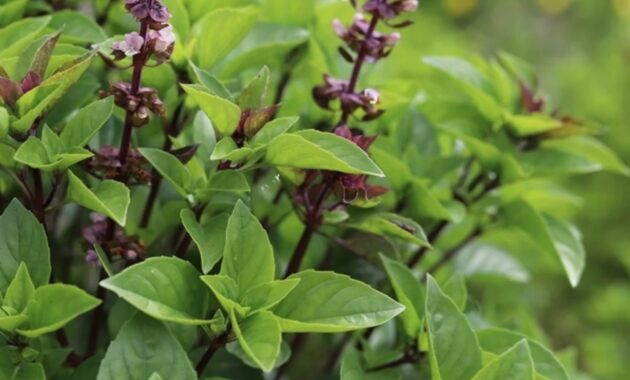
Health Benefits of Basil
Basil is not only a culinary delight but also a medicinal herb with numerous health benefits:
- Antioxidant Properties: Basil is rich in antioxidants that help protect cells from damage caused by free radicals.
- Anti-Inflammatory Effects: It possesses anti-inflammatory properties that can help reduce inflammation in the body.
- Improved Cognitive Function: Basil may enhance cognitive function, including memory and focus.
- Digestive Health: It can aid digestion and relieve symptoms of indigestion, such as bloating and gas.
- Stress Relief: Basil has calming properties that can help reduce stress and anxiety.
Basil Uses
Basil has a wide range of uses, both culinary and medicinal:
- Culinary Uses: Basil is a key ingredient in many dishes, including pasta sauces, pesto, soups, and salads.
- Medicinal Uses: Basil leaves, essential oil, and extracts are used in traditional medicine to treat various ailments, such as headaches, fever, and respiratory infections.
Basil Plant for Cooking
Basil is a versatile herb that can elevate the flavor of countless dishes. Here are some popular culinary uses:
- Pesto: A classic sauce made with basil, pine nuts, Parmesan cheese, garlic, and olive oil.
- Caprese Salad: A simple yet delicious salad made with tomatoes, mozzarella cheese, and fresh basil leaves.
- Soups and Stews: Add a touch of freshness to soups and stews with a few sprigs of basil.
- Seafood Dishes: Basil pairs well with seafood, especially grilled fish and shrimp.
Ocimum Basilicum Medicinal Properties
Basil’s medicinal properties are attributed to its essential oil, which contains various bioactive compounds. These compounds have been studied for their potential to:
- Boost Immunity: Basil can help strengthen the immune system and protect against infections.
- Reduce Blood Sugar Levels: It may help regulate blood sugar levels, making it beneficial for people with diabetes
Basil Plant Growing Tips
To ensure optimal growth and yield, consider these additional tips:
- Pinch Back: Regularly pinch back the growing tips to encourage bushier growth and prevent legginess.
- Soil Moisture: Maintain consistent soil moisture, avoiding both overwatering and underwatering.
- Fertilizing: Feed your basil plants with a balanced liquid fertilizer every 2-3 weeks during the growing season.
- Light Requirements: While basil thrives in full sun, it can tolerate partial shade.
- Harvesting: Harvest basil leaves in the morning when the essential oil content is highest.
Basil Leaves Plant
Basil leaves are the heart of this herb. They are typically oval-shaped and range in color from green to purple. The leaves are aromatic and have a slightly spicy flavor.
Ocimum Basilicum Indoor Gardening
Growing basil indoors is a great way to enjoy fresh herbs year-round. Here are some tips for indoor basil gardening:
- Choose a Sunny Spot: Place your basil plant in a sunny windowsill.
- Use a Quality Pot: Select a pot with drainage holes to prevent waterlogging.
- Provide Adequate Light: Use grow lights to supplement natural light, especially during winter months.
- Maintain Humidity: Increase humidity by misting the leaves or using a humidifier.
Organic Ocimum Basilicum
Organic basil is grown without the use of synthetic pesticides and fertilizers. It is a healthier and more sustainable choice.
Basil Herb Plant Care
To keep your basil herb plant thriving, follow these care tips:
- Regular Watering: Water your basil plant regularly, ensuring the soil is moist but not soggy.
- Fertilizing: Feed your plant with a balanced liquid fertilizer every 2-3 weeks.
- Pruning: Prune regularly to encourage bushier growth.
- Pest Control: Monitor for pests like aphids and whiteflies. Use natural pest control methods like insecticidal soap or neem oil.
Ocimum Basilicum Growth Stages
Basil plants typically go through the following growth stages:
- Germination: Seeds germinate and sprout.
- Seedling Stage: Young plants develop leaves and roots.
- Vegetative Growth: The plant grows rapidly, producing new leaves and stems.
- Flowering Stage: The plant produces flower spikes.
Ocimum Basilicum Pests and Diseases
Basil plants can be susceptible to various pests and diseases, including:
- Aphids: Small, soft-bodied insects that suck sap from plants.
- Whiteflies: Tiny, white, flying insects that can damage plants.
- Fungal Diseases: Diseases like powdery mildew and downy mildew can affect basil plants.
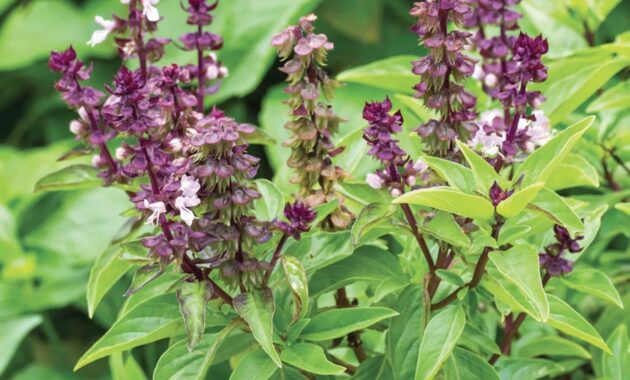
Basil Plant for Immune Health
Basil has been used in traditional medicine to boost the immune system. Its antioxidant and anti-inflammatory properties can help protect against infections.
Ocimum Basilicum Essential Oils
Basil essential oil is extracted from the leaves of the basil plant. It is widely used in aromatherapy and has various therapeutic benefits, including:
- Stress Relief: Basil essential oil can help reduce stress and anxiety.
- Pain Relief: It may help alleviate pain and inflammation.
- Improved Cognitive Function: Basil essential oil can enhance cognitive function, including memory and focus.
Basil Plant in Pots
Growing basil in pots is a convenient way to enjoy fresh herbs on your balcony or patio. Choose a well-draining pot and use a high-quality potting mix.
Ocimum Basilicum Cultivation
Cultivating basil requires careful attention to various factors, including soil quality, water, sunlight, and temperature. By following the guidelines outlined in this article, you can successfully grow healthy and flavorful basil plants.
Conclusion
Basil, with its myriad benefits and versatility, is a valuable addition to any home garden or kitchen. Whether you’re a seasoned gardener or a novice, growing basil is a rewarding experience. By understanding its cultivation techniques, culinary uses, and medicinal properties, you can fully appreciate this aromatic herb.
FAQs
- Can I eat basil flowers?
Yes, basil flowers are edible and can be used to garnish dishes or added to salads. - How often should I water my basil plant?
Water your basil plant regularly, keeping the soil consistently moist but not soggy. - Can I propagate basil from cuttings?
Yes, basil can be easily propagated from stem cuttings. Simply cut a stem, remove the lower leaves, and plant it in water or soil. - What is the best way to store fresh basil?
To store fresh basil, wrap it in a damp paper towel and place it in a plastic bag in the refrigerator. - Can I use dried basil as a substitute for fresh?
While dried basil can be used as a substitute for fresh, it is not as flavorful. Use about three times the amount of dried basil as you would fresh.
